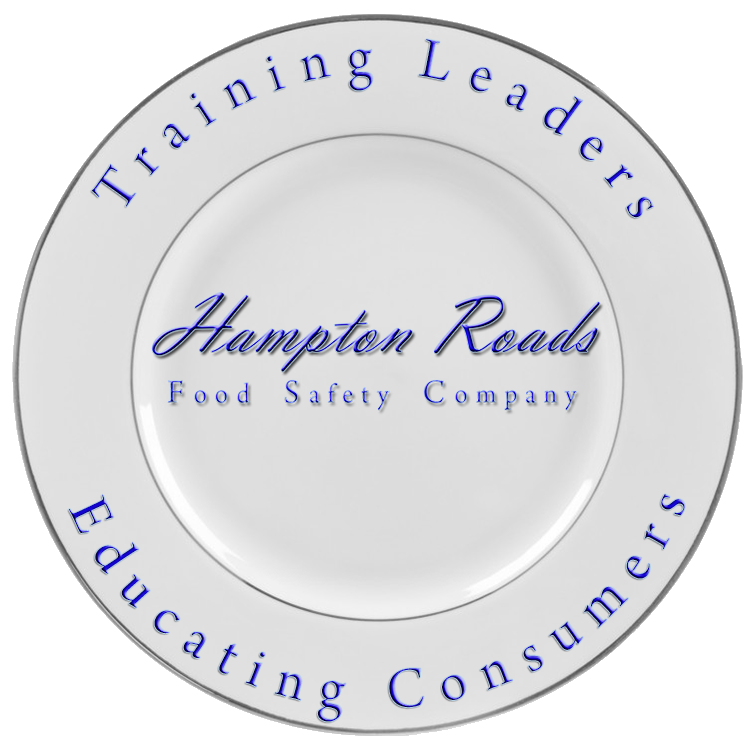Food and Coronavirus Disease 2019 (COVID-19)
Coronavirus, like the one that causes COVID-19, are thought to spread mostly person-to-person through respiratory droplets when someone coughs, sneezes, or talks. It is possible that a person can get COVID-19 by touching a surface or object, including food or food packaging, that has the virus on it and then touching their own mouth, nose, or possibly their eyes. However, this is not thought to be the main way the virus spreads. Currently, there is no evidence to suggest that handling food or consuming food is associated with COVID-19.
After shopping, handling food packages, or before preparing or eating food, it is important to always wash your hands with soap and water for at least 20 seconds. If soap and water are not available, use a hand sanitizer that contains at least 60% alcohol. Cover all surfaces of your hands and rub them together gently until they feel dry. Remember, it is always important to follow good food safety practices to reduce the risk of illness from common foodborne pathogens.
The Risk of Getting COVID-19 from Food, Treated Drinking Water, or Food Packaging is Very Low.
The risk of getting COVID-19 from food you cook yourself or from handling and consuming food from restaurants and takeout or drive-thru meals is thought to be very low. Keep in mind, food safety must be practiced at all times. Currently, there is no evidence that food is associated with spreading the virus that causes COVID-19.
The risk of infection by the virus from food products, food packaging, or bags is thought to be very low. Currently, no cases of COVID-19 have been identified where infection was thought to have occurred by touching food, food packaging, or shopping bags.
Although some people who work in food production and processing facilities have gotten COVID-19, there is no evidence of the virus spreading to consumers through the food or packaging that workers in these facilities may have handled.
Food Safety in the Kitchen
Use proper food safety practices when handling food and before, during and after preparing or eating food.
The virus that causes COVID-19 cannot grow on food. Although bacteria can grow on food, a virus requires a living host like a person or animal to multiply.
Currently, there is no evidence that the virus that causes COVID-19 spreads to people through food. However, it is important to safely handle and continue to cook foods to their recommended temperatures to prevent foodborne illness.
The virus that causes COVID-19 has not been found in drinking water.
Clean Surfaces
Regularly clean and disinfect kitchen counters using a commercially available disinfectant product or a do-it-yourself disinfecting solution with 5 tablespoons (1/3 cup) unscented liquid chlorine bleach to 1 gallon of water or 4 teaspoons of bleach per quart of water. Leave the solution on the surface for at least 1 minute. Before preparing food on the kitchen counter, rinse disinfected surface with water. WARNING: do not use this solution or other disinfecting products on food or packaging. If someone in your home is sick, clean and disinfect “high – touch” surfaces daily such as handles, kitchen countertops, faucets, light switches, and doorknobs.
Everyday Handling of Packaged Food and Fresh Produce
Handling packaged food
When unpacking groceries, refrigerate or freeze meat, poultry, eggs, seafood, and other perishables within 2 hours of purchasing.
Do NOT use disinfectants designed for hard surfaces, such as bleach and ammonia, on food packaged in cardboard or plastic wrap.
If reusable cloth bags become soiled, follow instructions for washing them, and dry them on the warmest appropriate setting.
Handling and cleaning fresh produce
Do NOT wash produce with soap, bleach, sanitizer, alcohol, disinfectant or any other chemical.
Gently rinse fresh fruits and vegetables under cold running tap water.
Scrub uncut firm produce (potatoes, cucumbers, melons) with a clean brush, even if you don’t plan to eat the peel.
Salt, pepper, vinegar, lemon juice, and lime juice have been shown to be effective at removing germs on produce.

